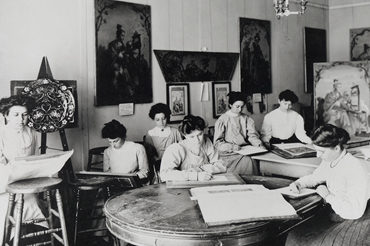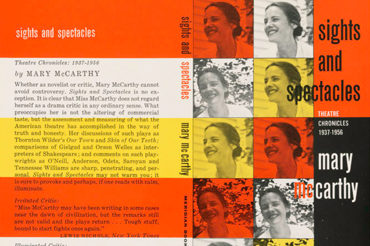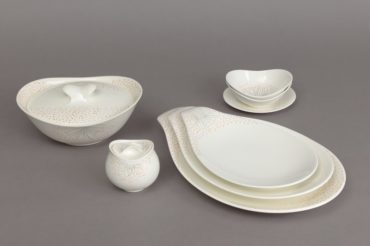Women in Textile Design
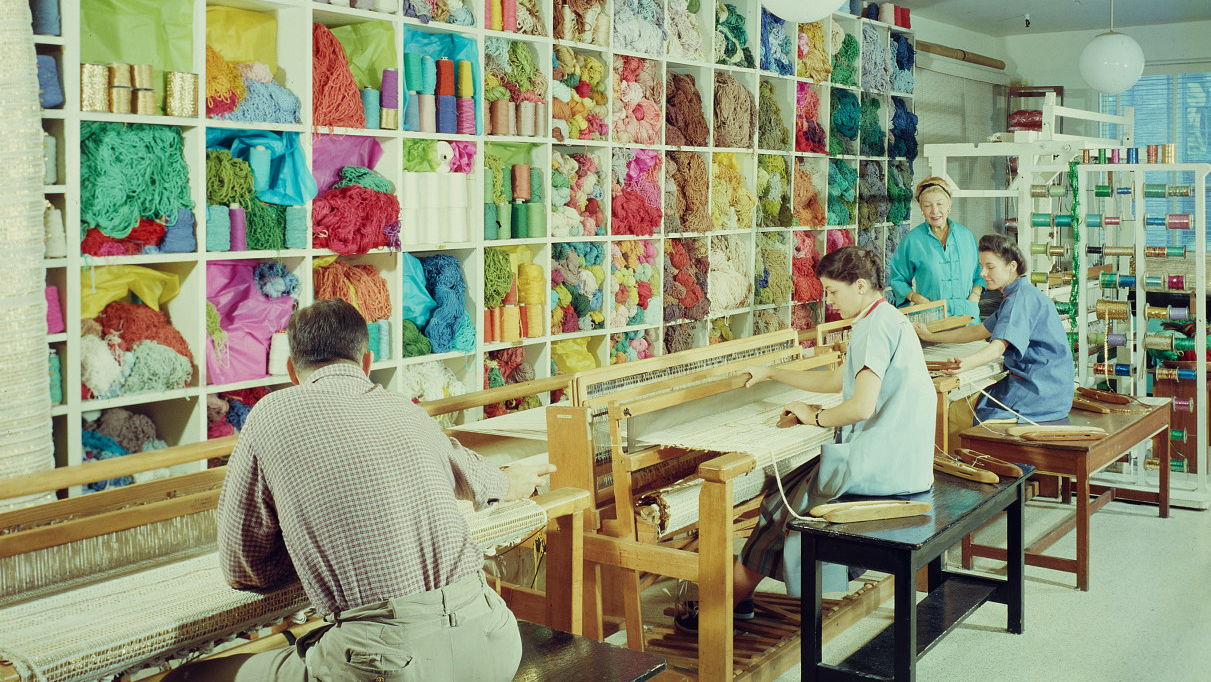
Created through labor-intensive techniques such as spinning, weaving, and embroidery, textiles have been highly valued throughout history. Made from locally sourced materials such as cotton, linen, and wool as well as more precious threads of silk and gold, textile production became increasingly industrialized in the 19th century. This rapid industrialization exposed the need for skilled designers, and as design education and training expanded to meet this need, so did women’s participation. Through their engagement in activities such as commercial design, fine art, and studio production, the women textile designers featured here have established the discipline as a dynamic and essential part of the history of design.
Featured Designers
Aliki van der Kruijs
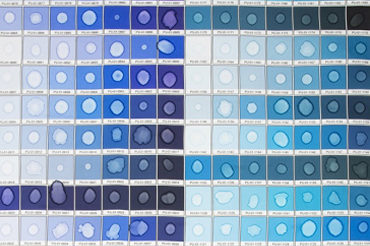
Aliki van der Kruijs (Dutch, born 1984) has a studio in The Hague, the Netherlands and works on self-initiated projects, collaborations, and commissions that juxtapose her interdisciplinary background in applied art. Interested in the relationship between humans and nature, she has invented a special technique to record the falling of raindrops on textiles and porcelain.
Althea McNish
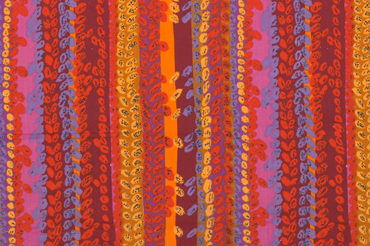
Born in Trinidad and Tobago, Althea McNish (British, 1924–2020) moved to London and studied textile design at the Royal College of Arts. After graduating, she began designing furniture fabrics for Liberty. Known for her unprecedented combinations of patterns and colors, McNish helped introduce the Caribbean aesthetic to an international audience.
Dorothy Liebes
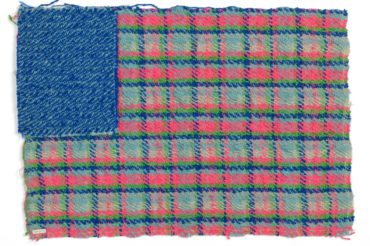
Accomplished weaver Dorothy Wright Liebes (American, 1897–1972) is often credited as a vital part of the California Modernist movement, and was once one of the most well-known designers in the United States. Liebes was a sharp businesswoman who believed mass-produced textiles could reach wider audiences while retaining a handwoven appearance.
Ilonka Karasz
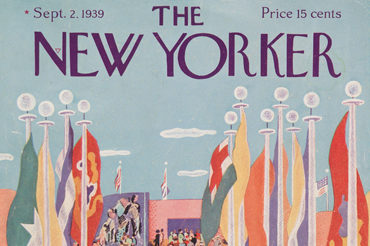
Ilonka Karasz (Hungarian, 1896–1981) studied art at the Royal Academy of Arts and Crafts in Budapest, where she was one of the first women to be admitted. After immigrating to the United States in 1913, she became an active member of the New York design scene. Working in a variety of mediums, Karasz is well known for her wall coverings and illustrations.
Lanette Scheeline
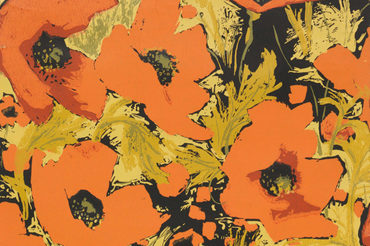
Lanette Scheeline (American, 1910–2001) graduated from the College of Fine Arts at the University of California at Berkeley in 1932. After teaching for a year, she worked for a textile silkscreen factory in San Francisco before establishing her own studio. Scheeline was later noted for her work for the avant-garde wallpaper firm Katzenbach and Warren.
Sheila Hicks
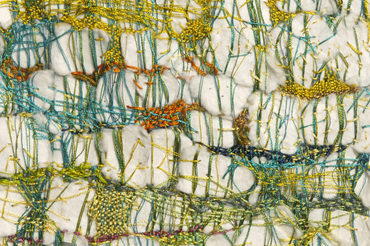
Sheila Hicks (American, b. 1934) is one of the most important contemporary textile artists of the 20th and 21st century. After receiving an MFA degree from the Yale School of Art under the tutelage of Josef Albers, Hicks was awarded a Fulbright scholarship to paint in Chile, where she learned to weave from local weavers, beginning her investigation into fiber as an artistic medium that continues today.
Sonia Delaunay
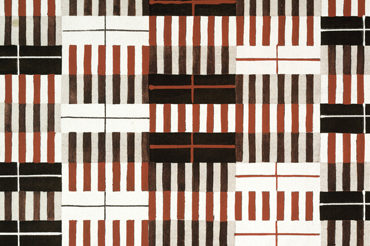
Working primarily in Paris, France, Sonia Delaunay (Ukrainian, 1885–1979) was a modern artist and designer who merged art and everyday life. Her work encompassed a variety of mediums, including textiles. Along with her husband Robert Delaunay, she developed a theory for the vibration of contrasting colors when they are placed side by side.
Suzie Zuzek
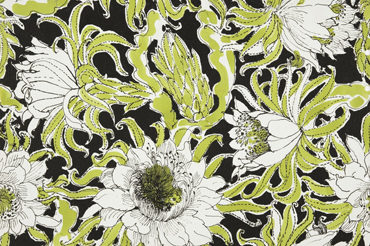
Prolific textile designer Suzie Zuzek (American, 1920–2011) created thousands of eye-catching prints for fashion designer Lilly Pulitzer. The unexpected combination of classic sportswear styling with playful, eclectic patterns defined a uniquely American style. Zuzek’s boundless imagination fueled Pulitzer’s runaway success.
Trude Guermonprez
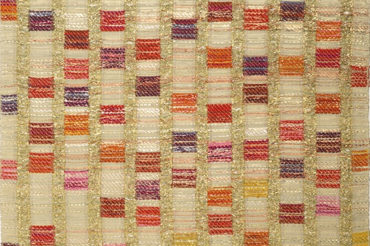
A student of European craft, Trude Guermonprez (German, 1910–1979) played an important role in the American fiber arts movement, particularly during her tenure at the California College of Arts and Crafts. An influential educator, Guermonprez’s Bauhaus-influenced textiles greatly contributed to the development of modernism.
Exhibitions Highlighting Women
Sophia Crownfield: Drawn from Nature
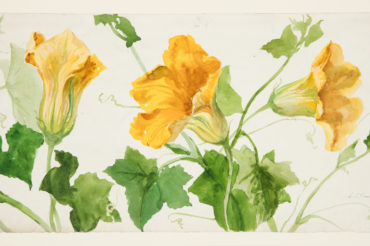
From the 1890s to the 1920s, Sophia Crownfield designed prints for prominent silk and wallpaper firms in the United States.
Suzie Zuzek for Lilly Pulitzer
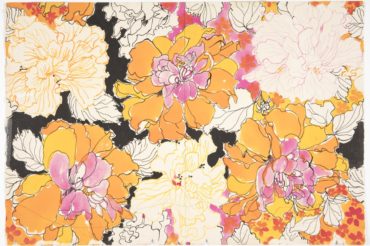
Zuzek was a staff designer for Key West Hand Print Fabrics, where Lilly Pulitzer sourced most of her fabrics between 1962 and 1985.
Contemporary Muslim Fashions
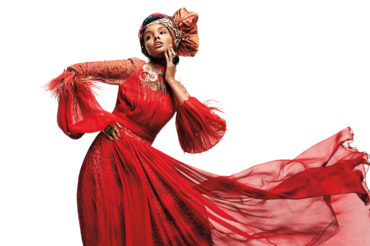
Contemporary Muslim Fashions is the first major museum exhibition to explore the rise of the modest fashion industry.
Scraps

Offering creative approaches to textile waste, this exhibition presents the work of three designers thinking through sustainability.
